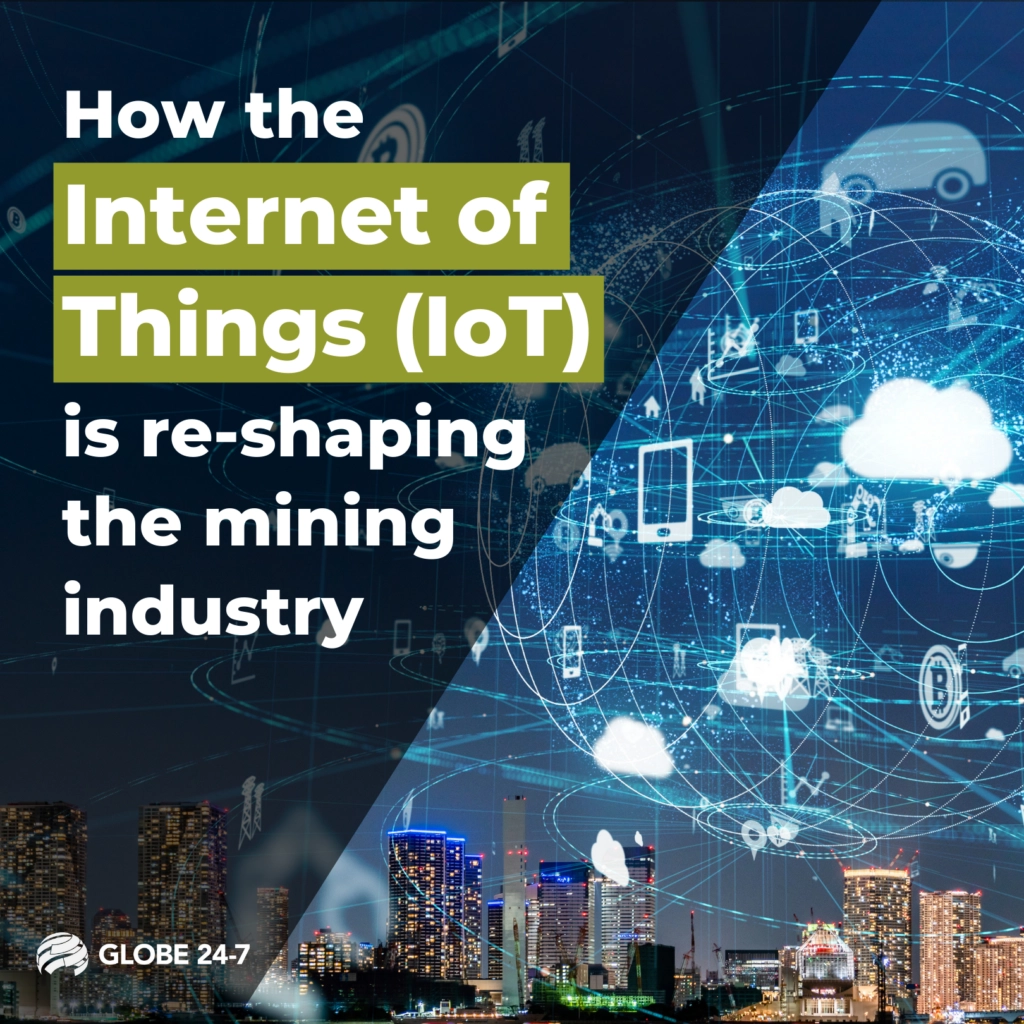There is no doubt that the Internet of Things (IoT) will reshape the mining industry and its workforce. Indeed, more and more operations are rolling out IoT projects; in 2018 it was only 2% of mines, now it is 65%! We are now finding that many of the start-up projects we are consulting with are considering how IoT will affect their workforce development strategy.
With 5G networks being rolled out (handling up to 20 gigabits per second of data) the possibility of data exchange between ‘things’ on a mine site in real-time without congestion means planning for a ‘smart mine’ needs to occur now. But what does IoT look like in terms of training and workforce development? There are two sides to this. Firstly, we need to consider what a future workforce looks like and, secondly how IoT affects training and competency management. So, let’s peer into the future…
Future Workforce
IoT is about data. That is, grabbing data from all parts of the operation and other sources through sensors and monitors. The data can be used for a range of applications, but a key aspect is predictive maintenance. Furthermore, the system learns and determines what typical conditions are, and when a failure will likely occur. It could order a replacement forthe worn component ahead of time, or even print one using 3D printing.
From a competency point of view, the maintenance team will need to understand (beyond moving a mouse around) the parameters, a basic understanding of pump components, alarms and response, back-up procedures, and communication. But the same team could be monitoring 100’s of different moving components on the site (or multiple sites).
This means that these personnel will be generalists but with technical competencies as opposed to specialist pump maintainers who have traditionally been non-technical. They are the ones that drive out to the pump, set up their alignment and diagnostic gear, and use their five senses to gauge the condition. Skills that shouldn’t be discounted but take a long time to develop.
Training and Workforce Development
Given this scenario, if monitoring occurs remotely and predicting failures becomes computer or algorithm-based, then maintenance workers may not be required to be out in the field as often. This would mean that many of the ‘fringing’ competencies can be removed from their individual training and competency plans. A
dditionally, the system will generate a component change out procedure that is specific, detailed and simplistic. No guesswork or know-how is required. Therefore, the traditional three year plus trade qualification does not necessarily apply, only basic mechanical maintenance principles coupled with the application of quality standards is required.
IoT and other technologies are really going to change workforce development strategies and, in most cases, reduce the lead times and training burden. As an example, it traditionally takes 2 to 4 years for a London cab driver to be deemed “competent”. Now, with introduction of rideshare providers like Uber, it takes about 4 days! They both perform the same task, although quality standards may be viewed as another issue.

